Stonehenge, Wilthsire: 'One of the wonders not only of this country, but of the world'
Our Grand Tour of Britain alights at what is arguably the world's most famous prehistoric site: Stonehenge, in Wiltshire.
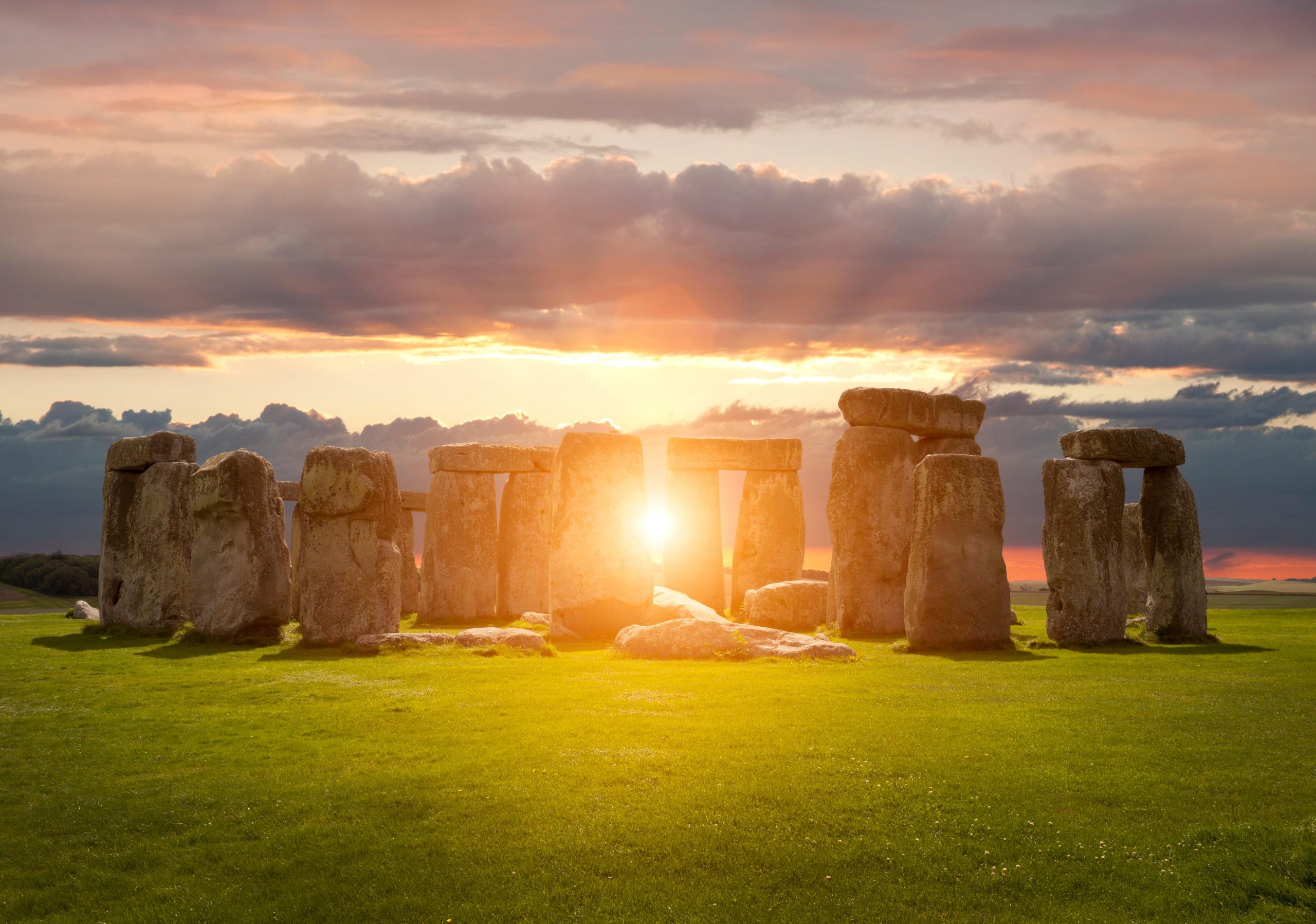
This is one of the wonders not only of this country, but of the world. The mere sight of it — the great circle of massive stones, alone in the bare landscape — evokes awe. We struggle to imagine the feat of will and organisation necessary to create it.
Archaeologists have yet to decode this phenomenon of pre-history; part of the hold that Stonehenge has on our imagination is that every age imposes an interpretation that reflects its own values and preoccupations. In form, Stonehenge stands in the middle of an earthwork circle formed by a 6ft-deep ditch.
[READ MORE: The day Stonehenge was sold in the pages of Country Life]
A little way inside this earthwork is a circle of what used to be 56 holes; nobody knows what they were for.
Two ‘sarsen’ stones were set up near the entrance to the circle; only one now survives. This was the form that the henge took for the first 900 years of its existence (3100BC–2200BC).
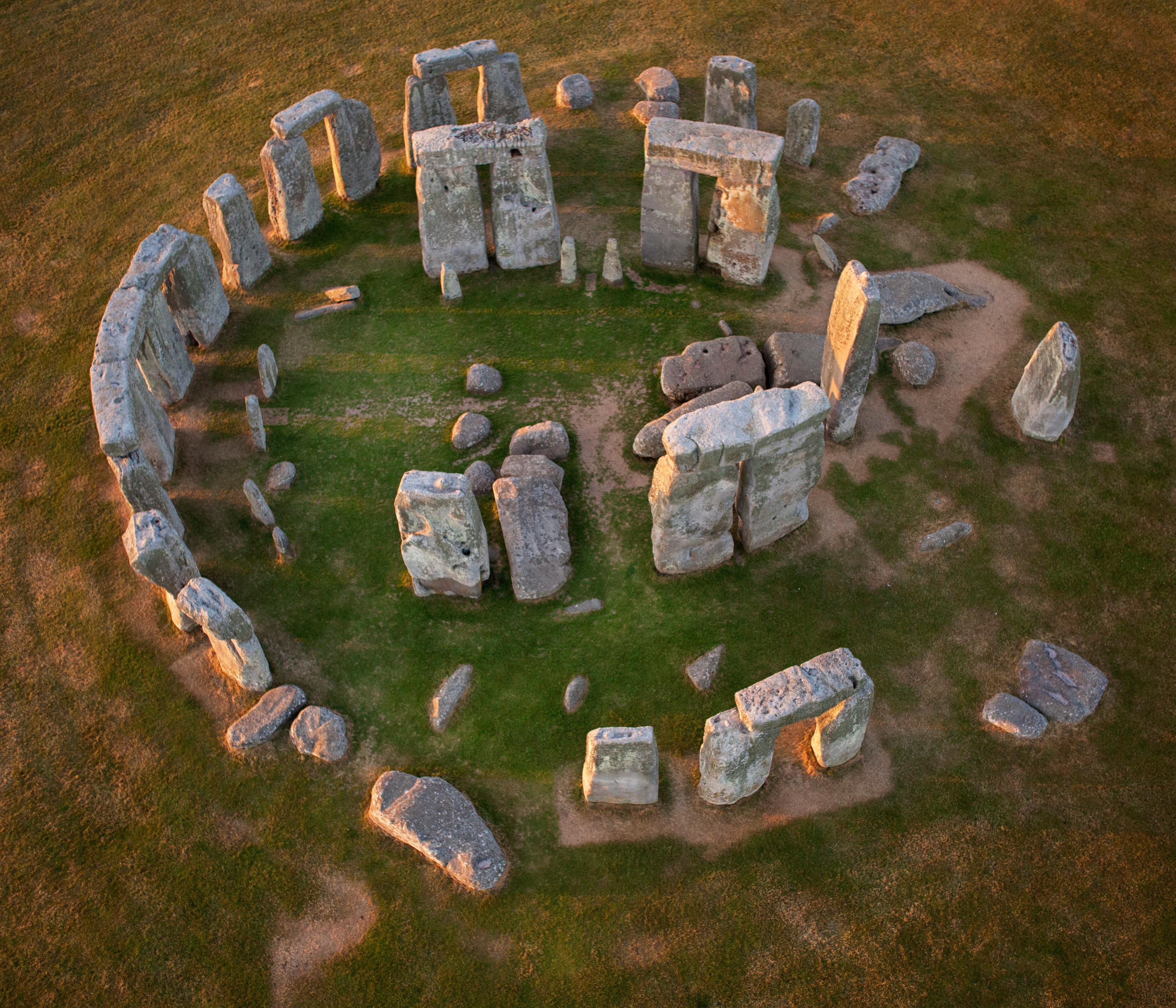
Next, the architecture of the circle was realigned towards the point on the horizon where the sun rises at the midsummer solstice. Then, in about 2000BC, came the great ring of standing stones, with lintels, that forms the popular image.
During the dry summer of 2014, it was discovered that Stonehenge was a much bigger complex than previously thought. Increasingly, it is regarded not as an isolated monument, but as part of a ceremonial landscape that embraced scores of other sites on Salisbury Plain. An inclusive, One World Stonehenge? Perhaps.
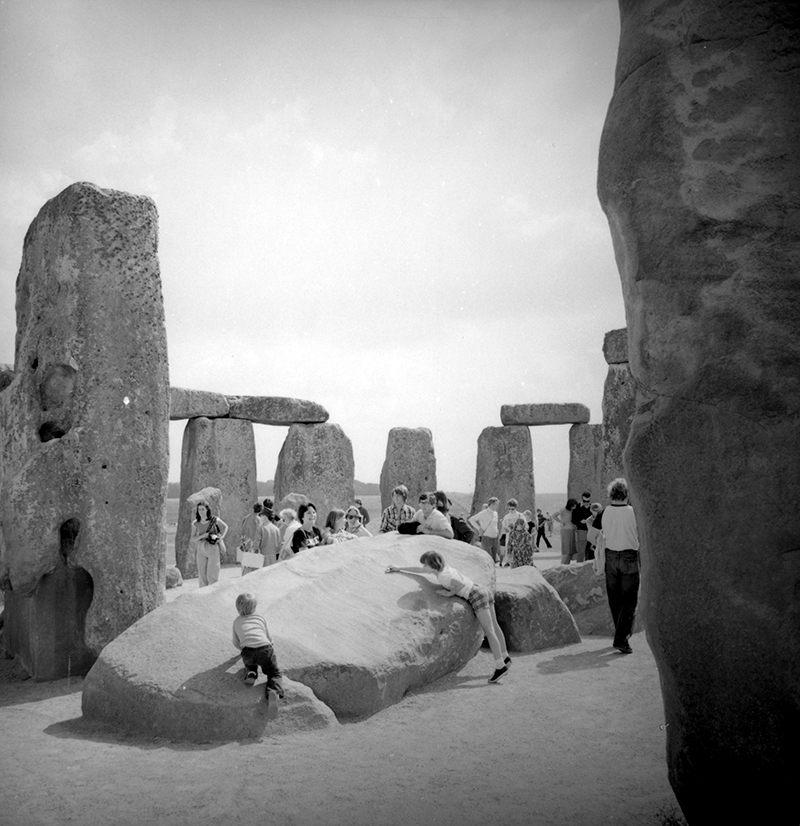
How to visit Stonehenge
Stonehenge is on Salisbury Plain, just off the main A303 route which runs from London to the West Country. It's run by English Heritage, who recently built an enormous visitor centre full of information and activities, from where shuttle buses take you down to the stones themselves. See english-heritage.org.uk/stonehenge to see more about how it works.
Exquisite houses, the beauty of Nature, and how to get the most from your life, straight to your inbox.
Tickets are expensive. They vary by day, time and season, but an adult ticket is at least £20, and family tickets are over £50 (members of both English Heritage and National Trust England get in free).
Don't begrudge paying, though: this is one of just a handful of English Heritage sites that generates healthy profits, and helps underpin the huge amount of good work the organisation does across the country, much of it at sites which are entirely free to visit — not least the area's other neolithic stone circle at Avebury, a short drive away.
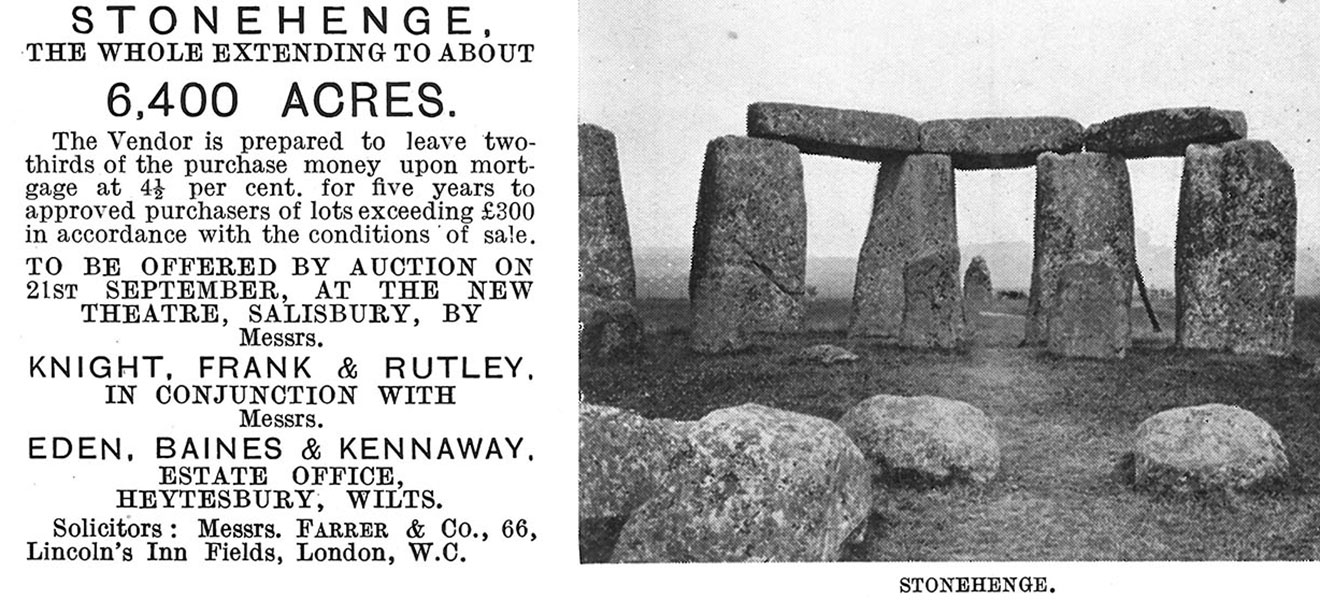
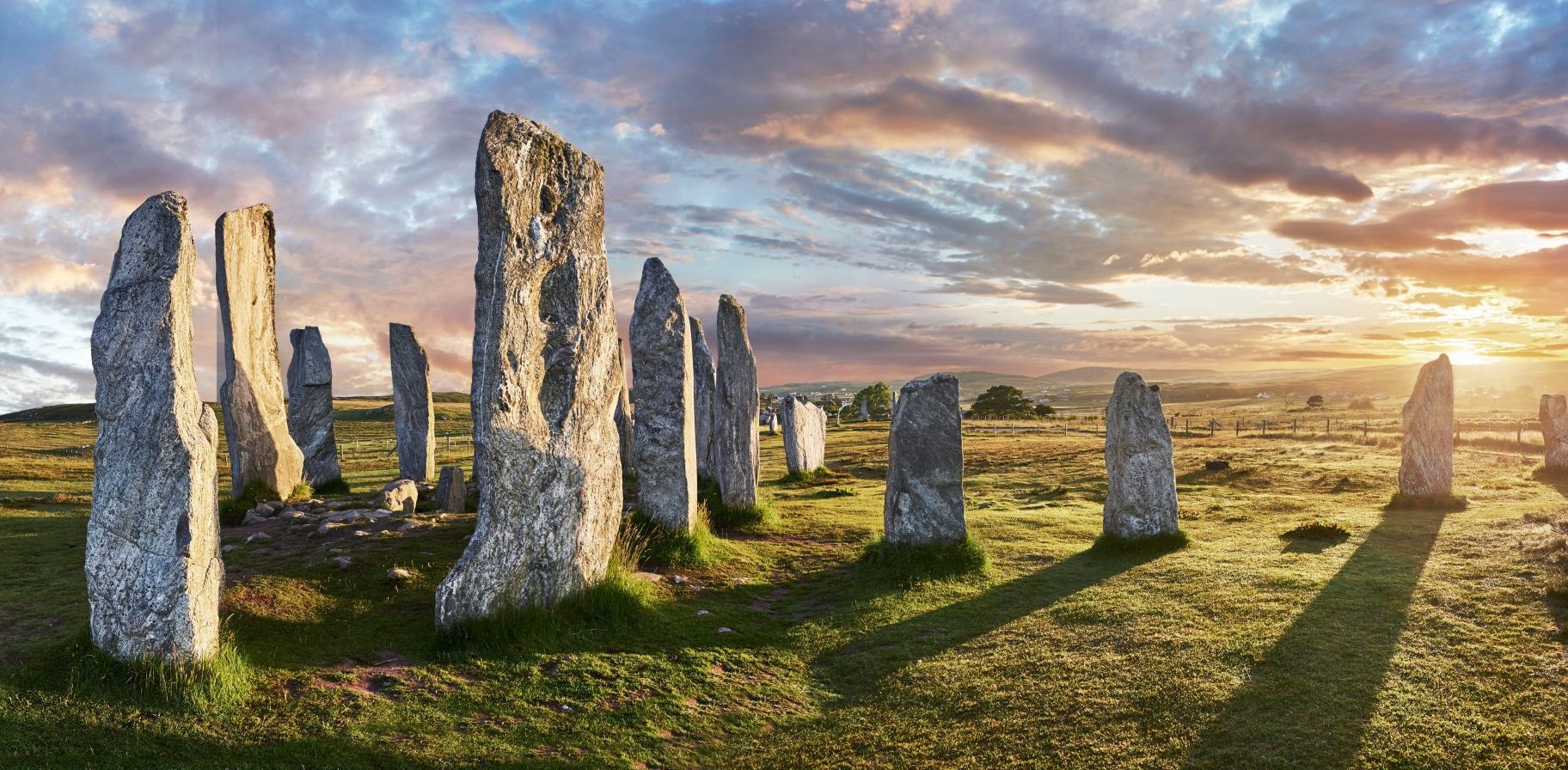
Beyond Stonehenge: The lesser-known stone circles of Britain
More likely to be ovals, arcs or ellipses, the origins and purposes of our myriad mysterious and sacred stone circles
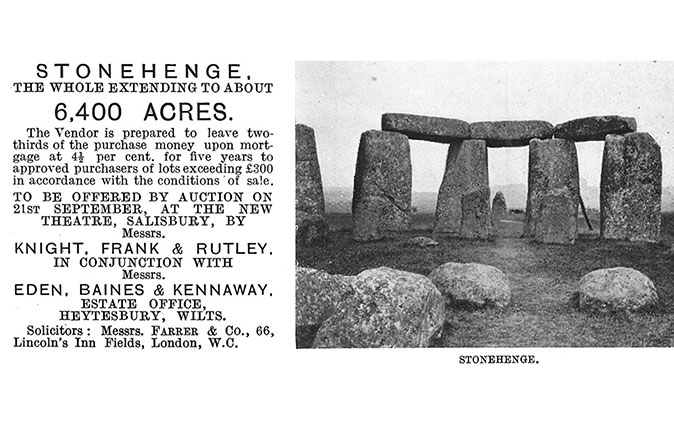
Credit: ©Country Life Picture Library
The day that Stonehenge was sold via the pages of Country Life
Stonehenge is shortly to be changed forever, with the planned tunnel getting the go-ahead. But it's not the first time
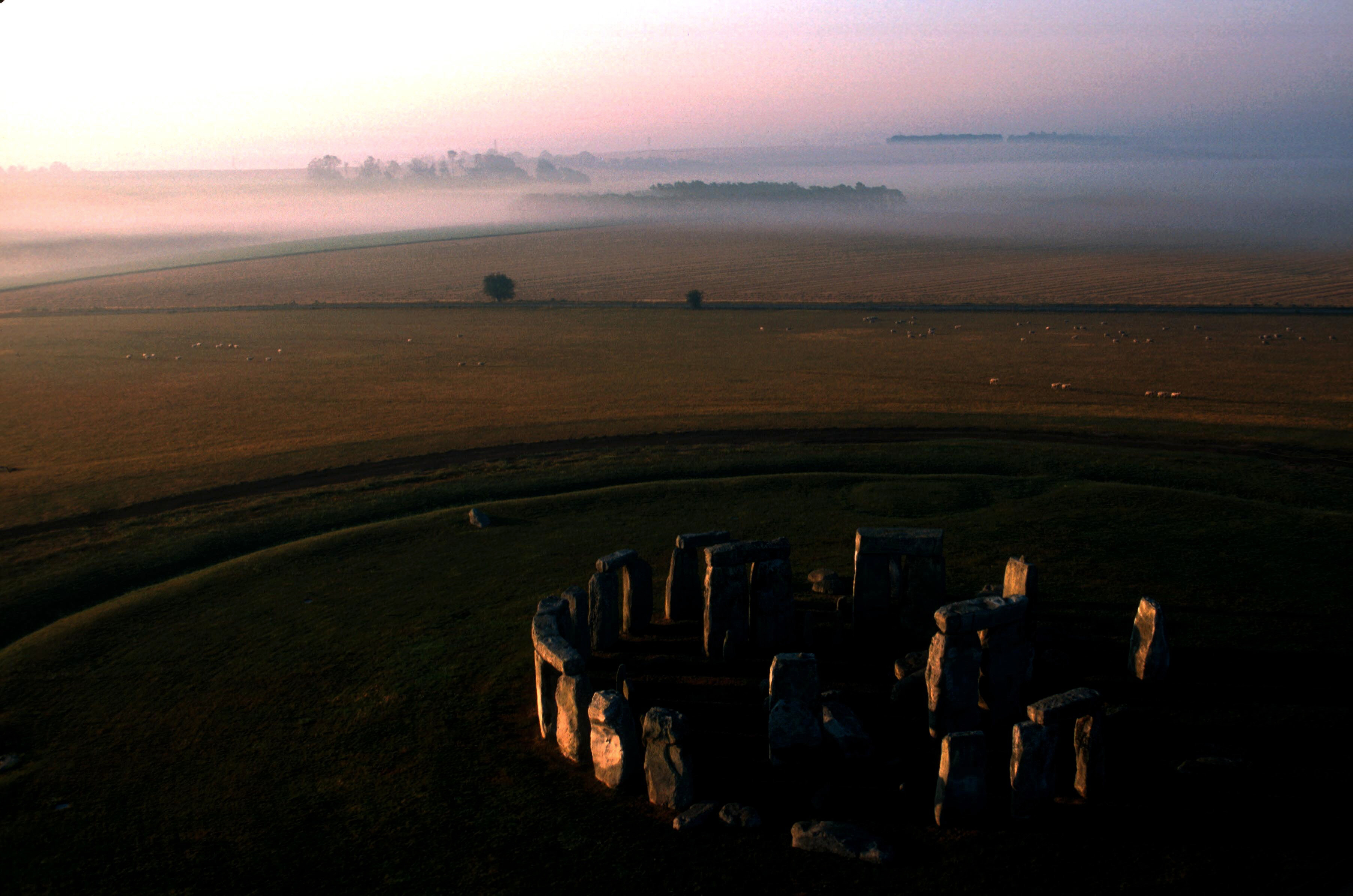
Jason Goodwin: 'What gets lost will be forever lost, whereas pylons, cars and trains may be rendered obsolete'
Jason Goodwin muses on economics, Stonehenge and social media.